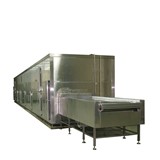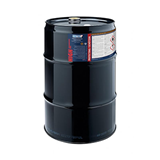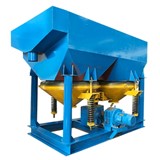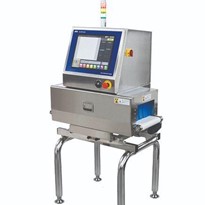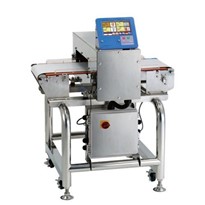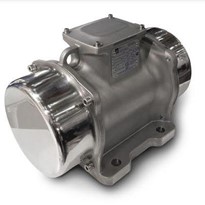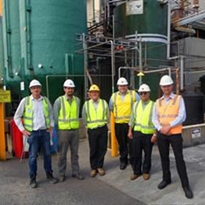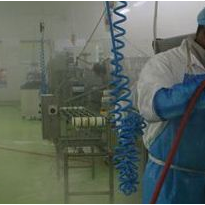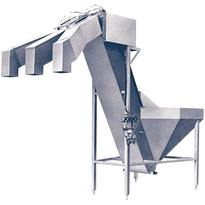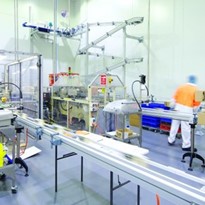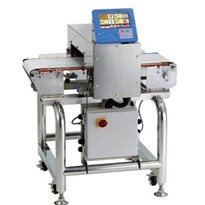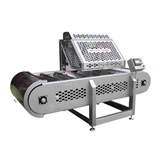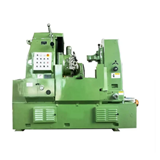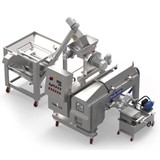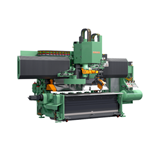There are 3 main aspects to consider: exterior grounds; facility construction; and facility doorways.
Exterior grounds
Preventing external contamination is essential for food operations. The exterior grounds surrounding your operation need to be maintained to protect against contamination from...
Pests
- Measures should be taken to control pests around the building.
- Cut weeds and grasses frequently, eliminate standing water, maintain waste disposal areas, and use shrubs and trees that do not attract insects and birds.
- You should also remember to properly store idle equipment and parts that are left outside away from manufacturing buildings.
Dust, dirt and water
To prevent sources of airborne dirt or other contamination that could enter the operation, eliminate any source of mud that could be tracked into the facility.
Make sure to maintain roads, parking lots, and yard areas. Also, provide for 'no vegetation' strips around exterior walls, and cover the strip with crushed stone or a similar material.
In addition to the above, you must regularly audit your processes to that you can spot and correct flaws quickly.
Facility construction
For food operations to be safe, your buildings must be constructed in the right way in terms of size and design.
Your facility must be:
- A size that allows adequate moving of equipment in the course of production, maintenance and sanitation activities.
- Designed to minimise the threat of food contamination - including food-contact surfaces and food packaging materials. For example, by using enclosing systems, physical separation (walls or space), logical traffic flow patterns, and appropriate air flow in finished product areas.
- Designed to control condensate, leaks or drippage from walls, ceilings, pipes, ducts and roofs - especially over product zones.
- Designed to control water from any source in production areas to prevent the risk of salmonella growth.
- Designed to eliminate or protect glass by enclosing it while still allowing for enough lighting to maintain sanitation.
- Constructed with materials and in a way that allows walls, ceilings and floors to be sufficiently cleaned and kept in good repair.
Without these measures, food safety may be compromised.
Facility doorways
Doorways play a critical role in contamination control of your facilities. Where possible, it is good practice to form Airlock entries into your facilities, to prevent contaminants from entering critical hygiene areas.
Doorways should:
- Allow free movement of all expected traffic types and vehicles within your operations.
- Close quickly and automatically, after use.
- Seal well when closed, to prevent passage of airborne contaminants or pests.
- Where food contact with doors is possible, construction materials should be certified as food contact safe.
- Placed strategically to provide separation between controlled zones of your facilities.
- Be of substantially robust design to allow for volume of traffic expected. Design should be such that will withstand minor impact from traffic.



